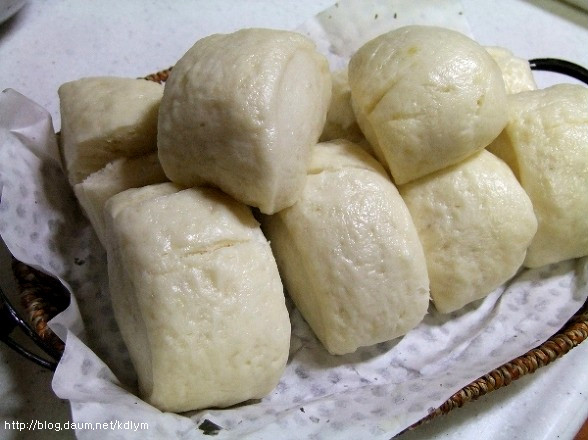
Making makgeolli bread
It doesn't look pretty, it doesn't look fantastic.. But the taste is by far the best. Even if the shape is gone, let's bet on the taste
6 serving
Within 60 minutes
윤
- Ingredients
-
-
Flour
-
Makgeolli
-
Salt
-
Sugar
-
baking soda
-
- Cooking Steps
-
STEP 1/10If the dough doesn't stick to your hands, you don't have to knead it a lot at the end of the first dough.
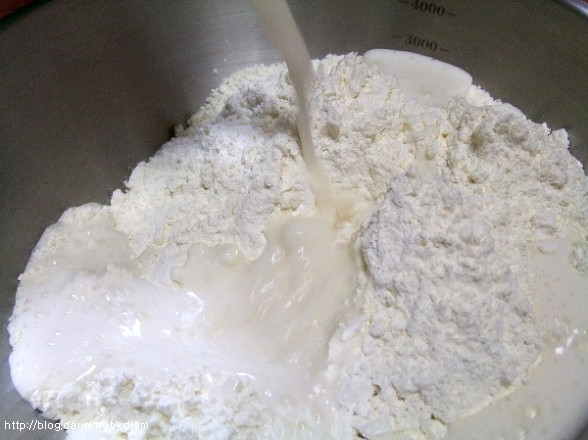 STEP 2/10Cover it with plastic and ferment it. Isn't this the traditional way to wrap it in plastic and put it between the blankets of the lower neck in winter?
STEP 2/10Cover it with plastic and ferment it. Isn't this the traditional way to wrap it in plastic and put it between the blankets of the lower neck in winter?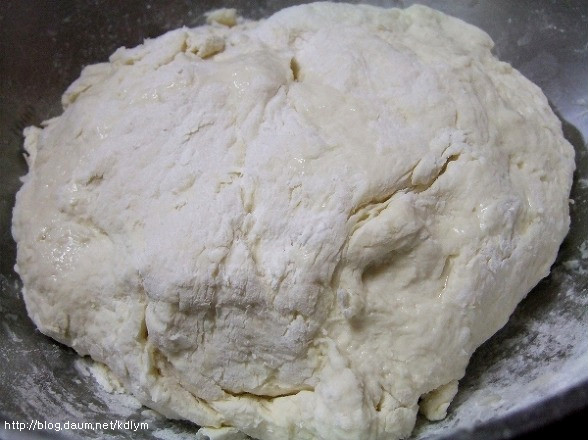 STEP 3/10After exactly two hours, the dough swelled up
STEP 3/10After exactly two hours, the dough swelled up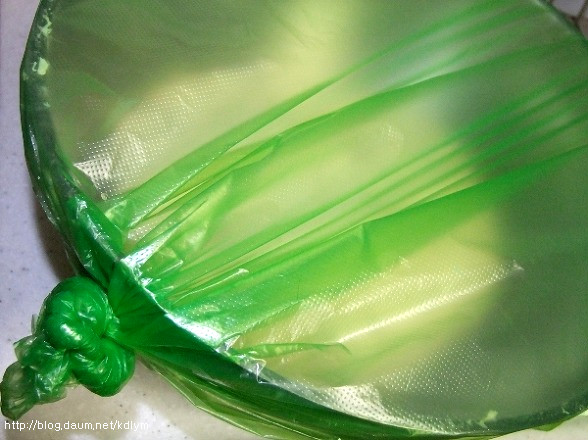 STEP 4/10Put salt, sugar, and baking soda into a small dish and fold them in water. If you want something sweet, increase the amount of sugar and it will make sticky bread, so you can use new sugar. I think it's better to use soda for this bread than baking powder. If you steam bread with a small amount of soda, it's moist That's the charm of this bread.
STEP 4/10Put salt, sugar, and baking soda into a small dish and fold them in water. If you want something sweet, increase the amount of sugar and it will make sticky bread, so you can use new sugar. I think it's better to use soda for this bread than baking powder. If you steam bread with a small amount of soda, it's moist That's the charm of this bread.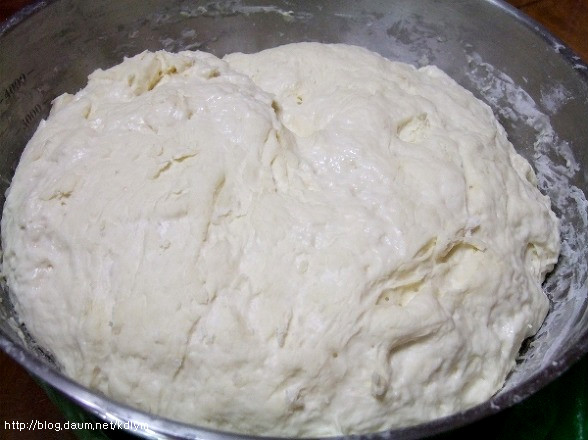 STEP 5/10Salt in fermented dough. Pour the melted sugar and soda water and sprinkle with flour to knead. The reason for adding extra flour is to control the texture because the dough is hardened with water. Add just enough dough not to stick to your hands.
STEP 5/10Salt in fermented dough. Pour the melted sugar and soda water and sprinkle with flour to knead. The reason for adding extra flour is to control the texture because the dough is hardened with water. Add just enough dough not to stick to your hands.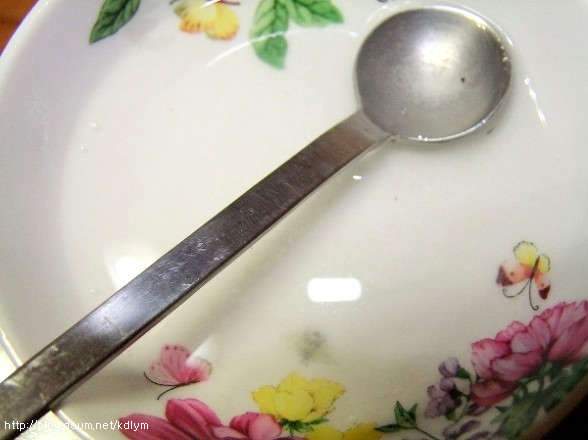 STEP 6/10You don't need to knead very much during the first batch, but after fermentation, knead to make the dough smooth. Cover the dough with plastic for about 10 minutes and ferment it in the middle. Come to think of it, the basic formula for fermentation, molding, secondary fermentation, and baking has been handed down since ancient times. The wisdom and wisdom of our ancestors are by far the best.
STEP 6/10You don't need to knead very much during the first batch, but after fermentation, knead to make the dough smooth. Cover the dough with plastic for about 10 minutes and ferment it in the middle. Come to think of it, the basic formula for fermentation, molding, secondary fermentation, and baking has been handed down since ancient times. The wisdom and wisdom of our ancestors are by far the best.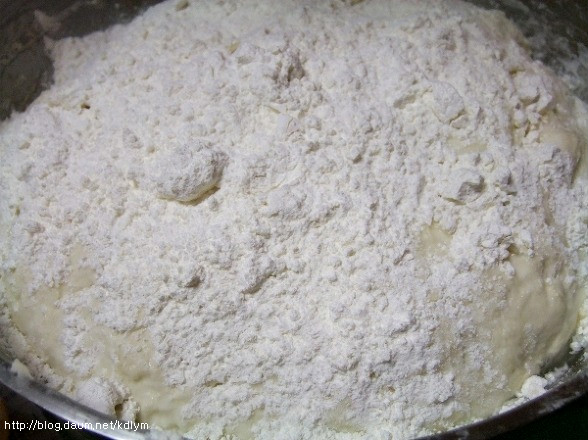 STEP 7/10After medium fermentation, make the dough long. You can make a shape like a round morning bread. Make it long like me and cut it. You can use it.
STEP 7/10After medium fermentation, make the dough long. You can make a shape like a round morning bread. Make it long like me and cut it. You can use it.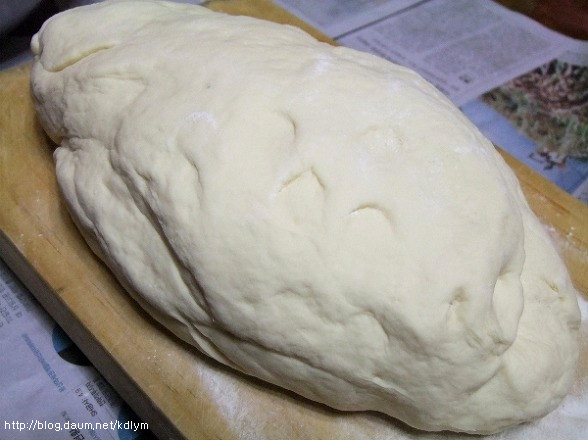 STEP 8/10Cut it into appropriate sizes.
STEP 8/10Cut it into appropriate sizes.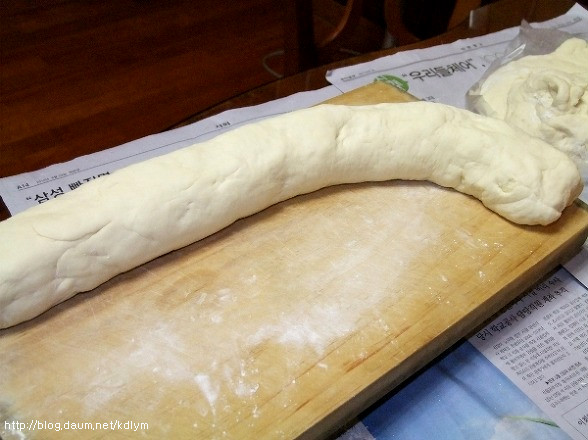 STEP 9/10Place the molded dough on the floor with wet cotton cloth in a steamer. The dough is swollen, so please leave it at intervals.
STEP 9/10Place the molded dough on the floor with wet cotton cloth in a steamer. The dough is swollen, so please leave it at intervals.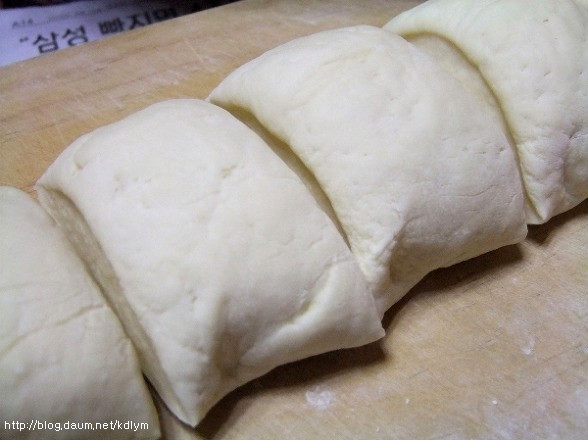 STEP 10/10Put a steamer on the boiling water! Steam it for exactly 15 minutes. If you open the lid in 15 minutes, it's steaming
STEP 10/10Put a steamer on the boiling water! Steam it for exactly 15 minutes. If you open the lid in 15 minutes, it's steaming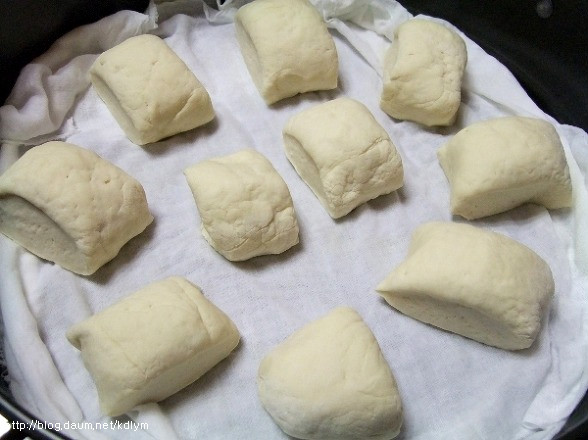
- Cooking review
-
5.00score
-
odd*****scoreI made it and it's good.. The color doesn't come out as white as in the picture. Is it because of makgeolli.. And flour is strong flour?2017-06-08 18:36
-
 116*****scoreThe bread doesn't swell when I try it with makgeolli2016-03-25 21:40
116*****scoreThe bread doesn't swell when I try it with makgeolli2016-03-25 21:40
-
- stir-fried Rice Cake Recommended recipe
-
-
1
 Super simple snack, honey tteokbokki!It's good for kids' snacks,4.98(54)
Super simple snack, honey tteokbokki!It's good for kids' snacks,4.98(54) -
2
 Soy Sauce Tteokboki - How to make Soy Sauce Tteokboki4.90(92)
Soy Sauce Tteokboki - How to make Soy Sauce Tteokboki4.90(92) -
3
 Making oil tteokbokki with amazing sauce! *Easy to difficulty* E4.84(51)
Making oil tteokbokki with amazing sauce! *Easy to difficulty* E4.84(51) -
4
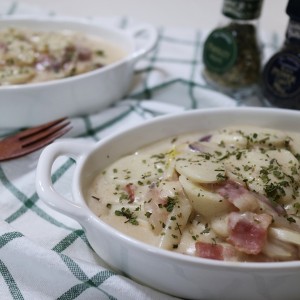 Making carbonara tteokbokki with rice cake soup4.84(50)
Making carbonara tteokbokki with rice cake soup4.84(50)
-
- Japchae Recommended recipe
-
-
1
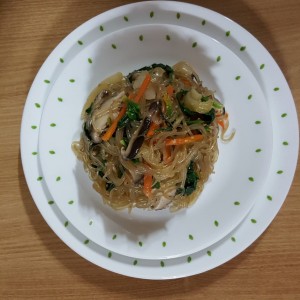 Making japchae easily and quickly4.83(12)
Making japchae easily and quickly4.83(12) -
2
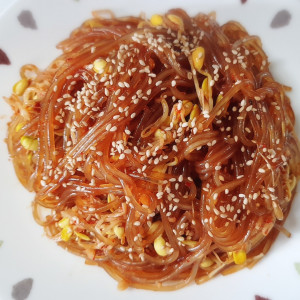 Have you tried bean sprout japchae?4.82(28)
Have you tried bean sprout japchae?4.82(28) -
3
 a vegetarian 'japchae' without meat; a recipe for non-soggy4.90(129)
a vegetarian 'japchae' without meat; a recipe for non-soggy4.90(129) -
4
 Live Information Box Golden Recipe Japchae (Japchae)4.93(14)
Live Information Box Golden Recipe Japchae (Japchae)4.93(14)
-